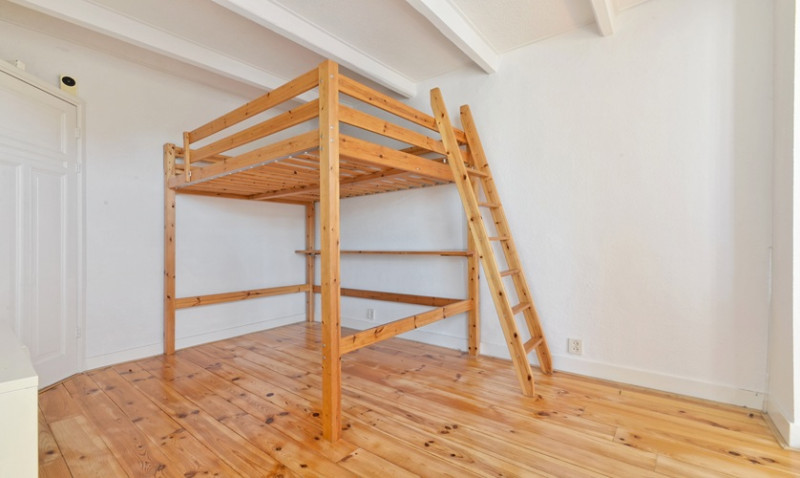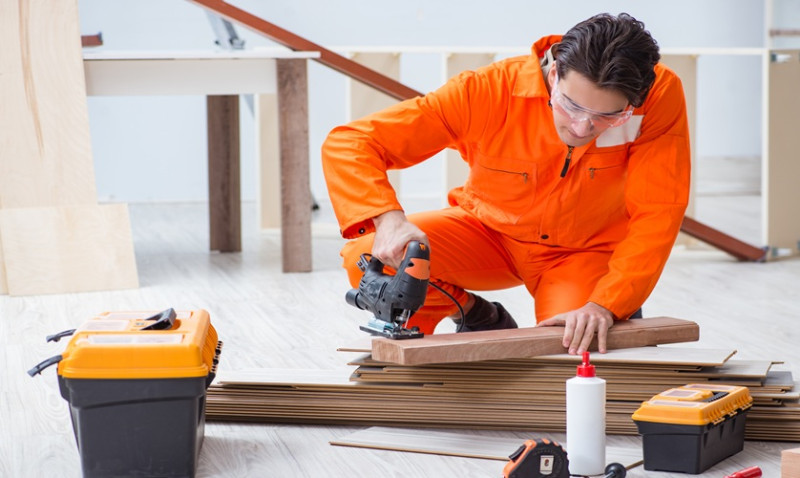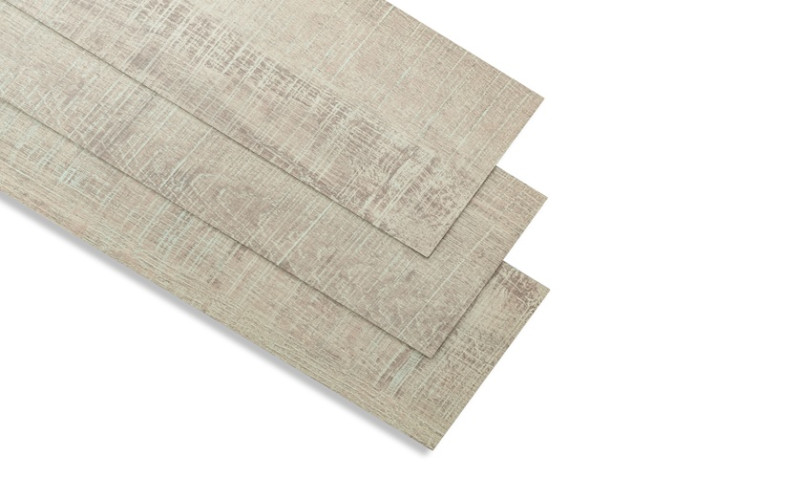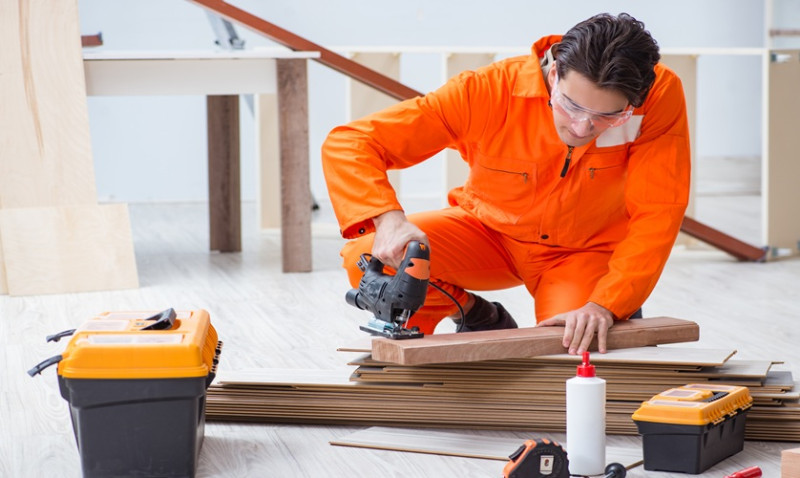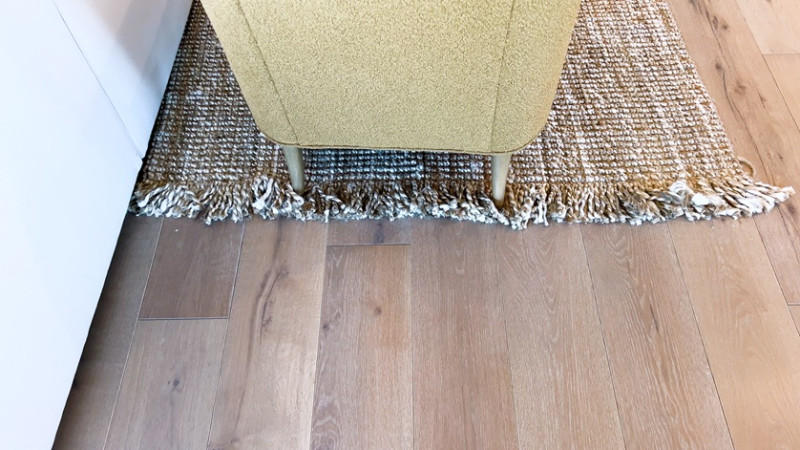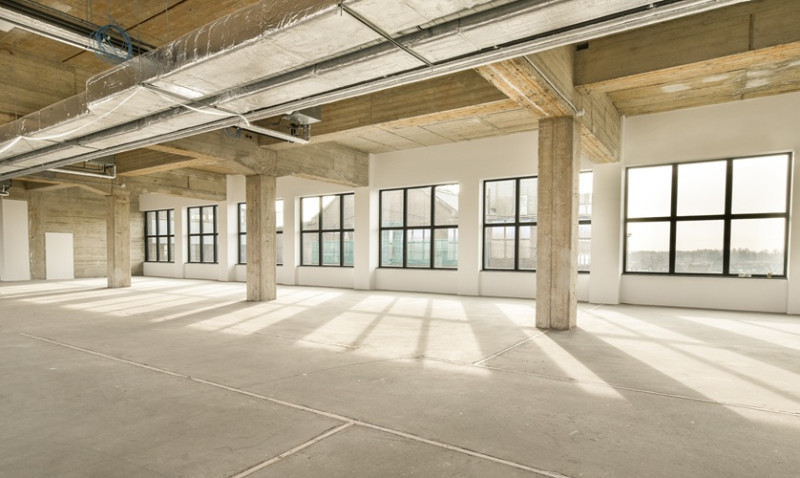
Acid staining concrete is rapidly becoming one of the most popular ways to transform plain, grey concrete floors into beautiful, marbled surfaces that resemble stone or polished leather. Whether you’re a DIY enthusiast looking to breathe new life into your home, a young professional updating a contemporary space, or a designer specifying finishes for a client, understanding the basics of acid staining is essential before you begin. This guide will walk you through what acid staining is, how it works, and why it might be the ideal flooring solution for your next project.
What Is Acid Staining?
Acid staining is a decorative concrete flooring method in which a specially formulated acid-based chemical solution reacts with the lime content in the concrete to create natural, variegated colour tones that are unique and permanent. Unlike paint or surface coatings, acid stains penetrate deep into the surface and become a part of the concrete, providing a rich, long-lasting finish.
Stains typically come in earthy tones like browns, tans, greens and rusty reds. Each floor will have its own personality due to factors such as the age of the concrete, existing damage, or variations in composition, making each acid stain job uniquely beautiful.
This process is suitable for both interior and exterior concrete – from living room floors and kitchens to patios and walkways – making it incredibly versatile for both home improvement projects and commercial designs.
It’s worth noting that acid staining is not the same as painting concrete. While paint sits atop the surface and may eventually chip or peel, acid stain reacts chemically to become a permanent part of the floor, so longevity is significantly greater.
Why Acid Staining Is Gaining Popularity in the UK
In the UK, acid staining is enjoying increased popularity due to the rise in demand for stylish, low-maintenance, and eco-conscious interior finishes. With the trend towards industrial-chic and minimalist design in British homes and commercial spaces, acid-stained concrete floors offer a perfect blend of form and function.
Professionals such as architects and interior designers appreciate the aesthetic flexibility of acid staining — from rustic cottage styles to ultra-modern aesthetics, the finish can be tailored to suit a wide range of settings. Because it’s both durable and affordable, it's also a favourite among professional tradesmen and builders.
DIY-savvy homeowners or young professionals can enjoy the satisfaction of transforming their own spaces using this technique. It’s particularly appealing in open-plan flats and warehouse conversions where existing concrete slabs can be enhanced rather than covered up at great cost.
Moreover, acid-stained floors are easy to clean, water- and stain-resistant, and an excellent choice for allergy sufferers, as they do not harbour dust or allergens like carpet does.
Understanding the Acid Staining Process
The acid staining process involves several key steps. First, the concrete must be thoroughly cleaned and prepared. This includes removing any coatings, adhesives, or grease that might interfere with the stain’s ability to penetrate the surface.
Once the surface is ready, the acid stain is applied using a sprayer, sponge, or brush. The acid will react with the minerals in the concrete, and you’ll begin to see the colour developing over time. It’s important to test a small area first, as the final colour can vary based on the composition of the concrete itself.
After the stain has reacted and dried, the floor will need to be neutralised and rinsed thoroughly to remove any residue. Finally, a clear sealer is applied to protect the finish and enhance the colour. This sealer can be matte, satin, or glossy depending on your desired look.
This process may sound complex, but many DIYers find it completely manageable with the right guidance and preparation. For professionals and tradesmen, it's a valuable skillset that allows for creative and high-demand flooring solutions.
What You Need Before You Begin
Before jumping into your project, make sure you gather the proper tools and materials. Here's a list of essentials you’ll likely need:
| Item | Purpose |
|---|---|
| Concrete Cleaner/Degreaser | Prepares the surface by removing oil, dirt, or adhesives |
| Acid Stain | The main colouring agent that reacts with the concrete |
| Pump Sprayer / Brush | Used to apply the stain evenly across the floor |
| Protective Gear | Includes gloves, safety goggles, and a respirator mask |
| Baking Soda or Ammonia Solution | Neutralises acid residue after staining |
| Wet/Dry Vacuum | For cleaning up rinse water and residue |
| Concrete Floor Sealer | Protects the stained surface and enhances the final look |
It’s crucial to wear proper safety gear when handling acid-based products. Always work in a well-ventilated area, and take the time to fully understand the instructions on each product label.
Is Your Concrete Suitable for Acid Staining?
Not all concrete surfaces respond equally to acid stain. Older concrete, for example, may have weathered too much or been patched with materials that won’t react properly to the stain. Similarly, surfaces previously covered in paint, tile, or glossy sealants may need intensive preparation to be stain-ready.
Performing a simple water test can help gauge if your surface is porous enough to absorb the stain. Sprinkle a few drops of water on your concrete floor: if they are absorbed within a few seconds, that’s a good sign. If they bead up or sit on the surface, the floor may need additional sanding or etching before staining.
Acid stain works best on bare concrete that’s fully cured (usually at least 28 days old) and free of sealers, adhesives, or coatings. If you’re unsure whether your floor is a good candidate, consulting with a professional or doing a small test patch can save time and effort in the long run.
In the next part of this series, we’ll cover surface preparation in more detail and share tips for applying stains evenly, managing colour variations, and achieving professional-looking results that last for years.
Whether you’re planning a home makeover or adding value to a commercial space, acid staining is a stunning and practical upgrade. Keep an eye out for Part 2 to dive deeper into the step-by-step technique for a flawless, long-lasting finish.
